Hello everyone!
This is a blog post that isn’t for school… my first one of the sort, I am pretty sure. I mean, this blog is technically dedicated to my schoolwork, but I have an interesting story to tell, and a trip back through my family history to detail. This post is more for myself and my family than anything else, but if you are reading this for whatever reason, I hope you find it interesting enough 😉
As I mentioned… This post is about a recent genealogy mystery that my cousin/best friend Kadie and I worked to solve.
So… let me start at the beginning.
Ever since I was little, I never really knew much of my family history. I knew that I had some English and potential German, and Scottish on my dad’s side, but that’s it. My great-grandma on my mum’s side was born in England, and that’s pretty much all I knew.
However, unlike my lazy butt, my cousin Kadie was a lot more interested in our history we share with our mums’ family. She knew a little bit more than I did, for sure. But one day, she texted me, saying she had found pictures of our relatives. She had discovered two photos— one of our 3x great uncle (WTF) Wilhelm Bitsch, and our 3x great aunt Katharina Bitsch.

Wilhelm Bitsch

Katharina Bitsch
She had started a tree on Ancestry.com for the Beatch family (My mother’s side). (Side note- our name was changed from Bitsch to Beatch when our great-grandpa’s family came to Canada). These photos were just the beginning of a long journey through history, in order to learn the roots of our family. I joined this tree, and saw that she had managed to find some of our grandpa’s parents, grandparents, etc. But of course, Ancestry.com can only guess of your relatives, and sometimes they can be incorrect.
By a stroke of pure luck, I stumbled across something invaluable— A Black Sea German genealogy database.
Now, you may be wondering, why Black Sea German?
Well… we had known from the beginning that our family was ‘Black Sea German’. Black Sea Germans are ethnic Germans who migrated to Ukraine in the 19th century. But we hadn’t known much besides that— we were especially unsure how far back our ethnic German roots went, where in Ukraine our family settled, etc. So, with this knowledge I sought out an alternate way to explore family history or records of Black Sea Germans who immigrated, and alas, I found the database.
It was the most valuable thing in this history hunt. I was able to cross reference a lot of our family and go back generations and generations.

Great-great grandparents

A small section of our tree
Through this, we learned of our ethnic German stretching back many generations, before immigration to Ukraine (or South Russia at the time). I found our great great grandpa Freidrich P. Bitsch, his wife, and his family and her family, stretching back throughout the generations. Freidrich is listed as being born in Odessa, and his mum Anna M Bauer in Hoffnungstal, Ukraine.

Database info on our relatives

Hoffnungstal became a fairly recognizable place where many of our relatives seemed to be born or died. Hoffnungstal (German), known as Tsebrykove in Ukrainian, is in Odessa Oblast, in Ukraine. Everything seemed to check out— our family were ethnic Germans who immigrated to Ukraine, as known, and our German roots went back decades.
Except for one small issue: Moina, Russia.
Kadie noticed something. Some of our relatives had a birth or deathplace listed as Moina, Russia. And she recalled that from our great grandma Katherine Hausauer’s death certificate— she had been born in Moina, Russia.
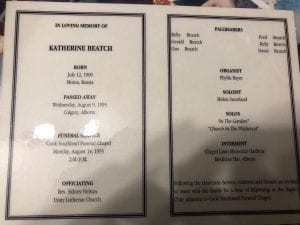 MOINA????!!!!
MOINA????!!!!
The problem with Moina is that it is virtually nonexistent online.
A search for Moina, Russia reveals nothing— it seemed, puzzlingly, that there was no trace of any Moina, Russia, and that the internet had no record of this place ever existing. The only thing that came up was the link for a book, called Marienberg: Fate of a Village by Johann Bollinger and Janice Huber Stangl.
In the description of the aforementioned book, which is about some of the colonies in Odessa, it is stated that one of the villages mentioned is Moina. However there is no excess information on Moina, or where exactly it was located, besides that it had been in the Odessa region. This could be presumed, upon the fact that Hoffnungstal/Tsebrykove was also in the same area, where our family could be traced to. On top of that, the book was also said to mention Hoffnungstal. But we soon gave up on that particular article about the book, not finding any specific description or information of Moina, besides that it was a village.
Continued searches for Moina yielded virtually nothing.
So, I decided to turn to trusty Reddit. I composed a question:
Does anyone know ANYTHING about a Moina, Russia?

After posting this, we could only wait for the answers. Gladly, it garnered some attention quickly. Some provided sources with potential leads, but no one could really say where Moina was. We decided that our only hope was to find this book, Fate of a Village. Unfortunately, I couldn’t find it anywhere in Canada… or online. We were at a dead end.
Until CyrillicMan on Reddit saved our lives. God bless him.
He replied to my question with a lengthy explanation, but it was evident— he had maybe, sort of, basically solved the Moina Mystery.
This is what he said:

So, as you can see, Moina is still somewhat obscure and its exact location is unknown. According to his sources, it is/was a colony in somewhere around Kruti/Kodyma cities, in Northern Odessa Oblast, (part of Podolia), southwestern Ukraine.
On the wiki for Kruti Volost, a part of Kruti, Moina is listed as a settlement:

Reading more into the article about the book, it is listed as a German colony in Podolia (where Kruti is), according to this notorious book once again:
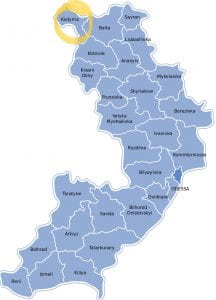
The Odessa region— with Kodyma
Odessa Oblast was a part of the Soviet Union until 1917, when it became a part of the Ukraine People’s Republic. This is why Moina is referred to as being in Russia on websites and documents. Odessa is also on the coast of the Black Sea. Tsebrykove, aka Hoffnungstal in German, Velyka Mikhailivka (subdivision of Odessa Oblast), is 3 hours from Kruti, where Moina is. So it makes sense that our relatives would be moving between places in this particular area.

Early map with Kassel circled
Kassel was a part of the Glueckstal colonies on the Moldova-Ukraine border, 30 versts (32 km) off of Tiraspol, capital of Transnistria, second biggest city in Moldova. It was Velykokomarivka, Velyka Mykhailivka Raion. Tsebrykove is located in this particular area in Odessa . As I said before— Tsebrykove and Kruti are about 3 and a half hours away from one another.
So finally, we can rest. Moina has been discovered. It’s a shame that it is such a secret, and so hard to find online, but I am just glad we managed to figure it out (complete credit to CyrillicMan too, ofc). I think overall this was a really interesting adventure, and on top of being able to learn so much about my family history with my best friend/cousin Kadie, I have some more knowledge of Ukraine itself too.
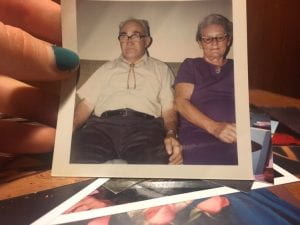
Gustav Bitsch and Katharine Hausauer
This isn’t an adventure I’ll forget anytime soon, for sure.
GALLERY
Here I will include some other photos we found of our relatives.
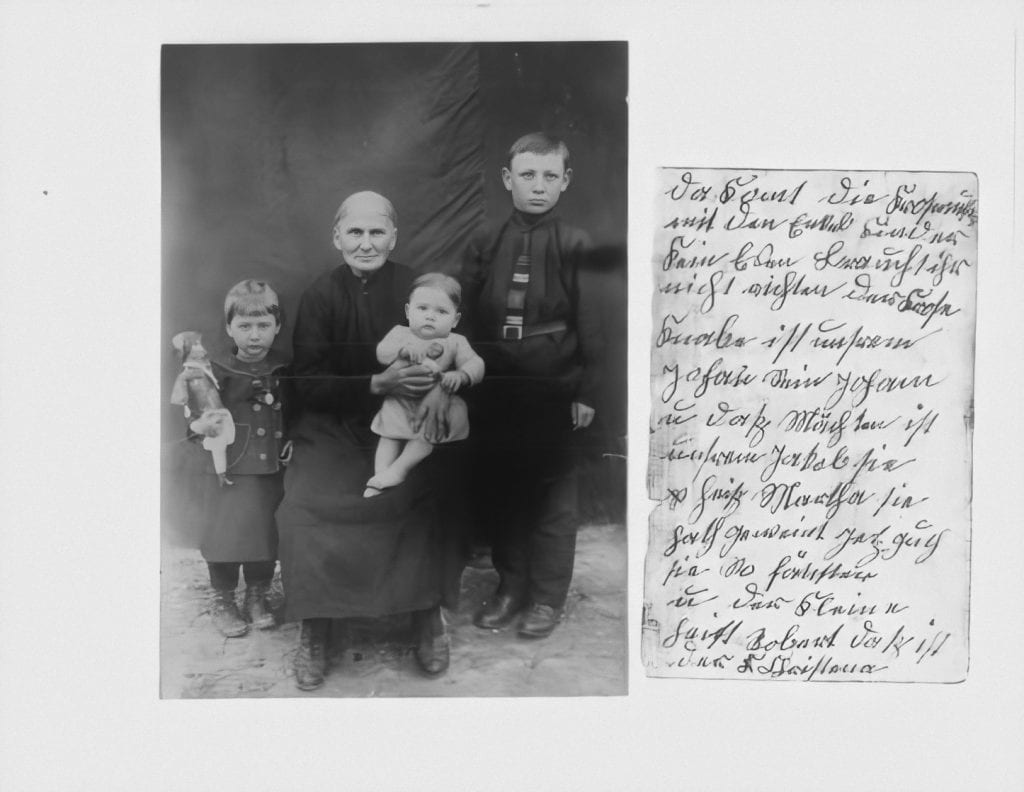
Third Great Grandma Barbara Bauer (children’s identities unknown). The note: (modern orthography plus corrected spelling mistakes): Da kommt die Großmutter mit den Enkelkindern Kein Essen braucht ihr nicht richten. Der große Knabe ist unserem Johan sein Johann und das Mädchen ist unserem Jakob. Sie heißt Martha. Sie hat? geweint, jetzt guckt? sie so finster. Und der Kleine heißt Robert, das ist der Christina? So it would go something along the lines: Here comes the grandmother with the grandchildren. You don’t have to serve food to her. The big boy is our Johan’s son, Johann. The girl is our Jakob’s. Her name is Martha. She’s been crying and now looks grim. And the little one’s name is Robert. He’s Christina’s.
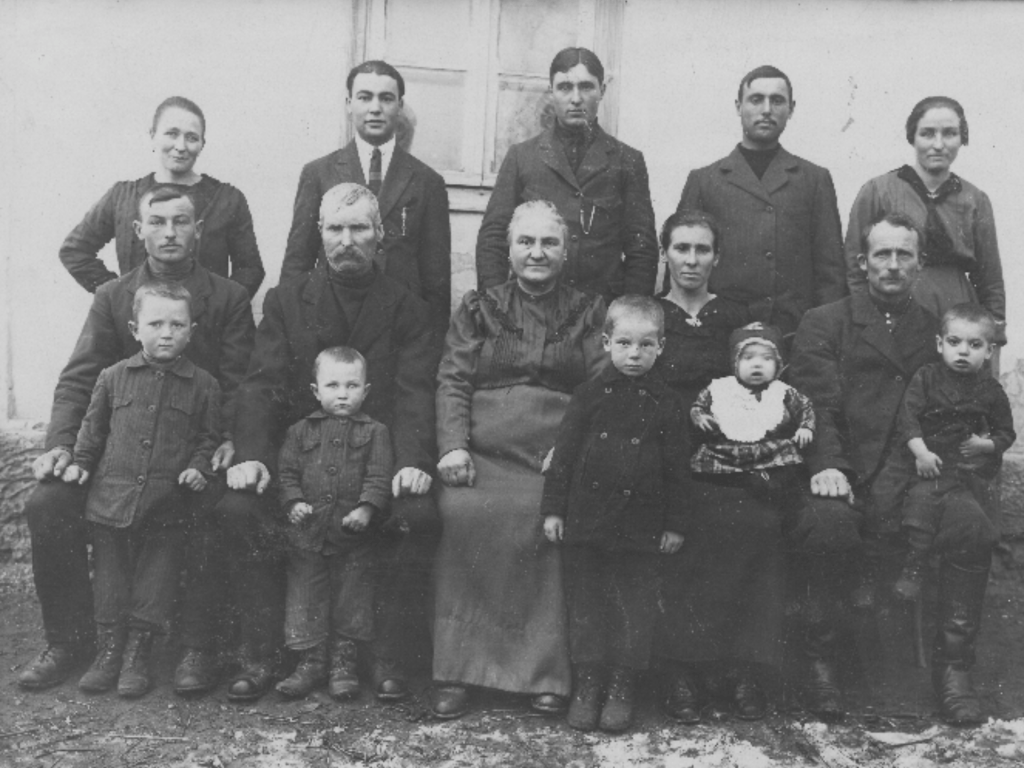
Third great-aunt Barbara Lachenmaier, Christina Lachenmaier’s (our second great grandmother) sister, with her family

Rosina Lachenmaier, third great-aunt and sister to Christina Lachenmaier with her family
Thanks for reading my post!


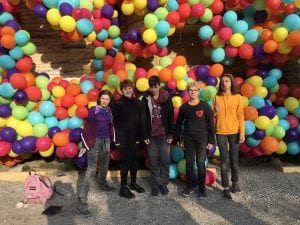
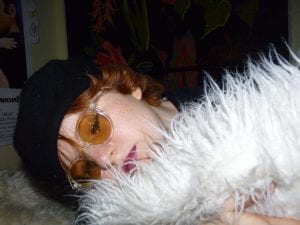
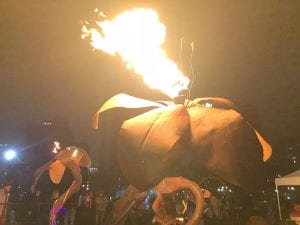
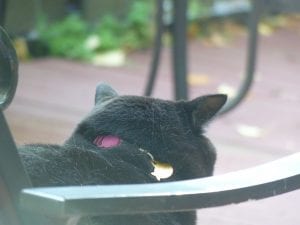
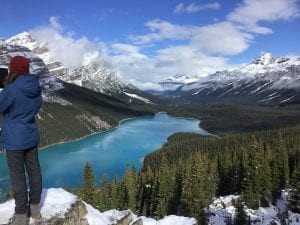
Leave a Reply